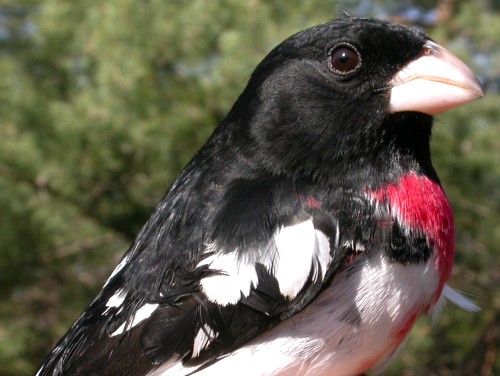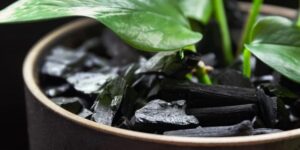
I. Introduction
Encountering a black and white bird with a striking red chest can be a memorable and captivating experience for birdwatching enthusiasts and nature lovers alike. These vibrant avian species, with their distinctive coloration and unique behaviors, add excitement to birdwatching expeditions. In this article, we explore some of the common bird species that fit this description, as well as tips for identifying and appreciating these fascinating creatures.
II. Description of Black and White Birds with Red Chests
A. Scarlet-backed Woodpecker (Veniliornis callonotus)
The Scarlet-backed Woodpecker is a small woodpecker species characterized by its black and white plumage with a bold splash of red on its lower back. This striking coloration sets it apart from other woodpecker species and makes it a sought-after sighting for birdwatchers. Scarlet-backed Woodpeckers inhabit wooded areas and forest edges throughout Central and South America, where they forage for insects and larvae by pecking at tree bark with their chisel-like bills.
B. Red-breasted Sapsucker (Sphyrapicus ruber)
The Red-breasted Sapsucker is another black and white bird with a distinctive red chest. Unlike woodpeckers, sapsuckers feed primarily on tree sap by drilling small holes in tree bark and lapping up the sugary liquid with their brush-tipped tongues. The red chest of the Red-breasted Sapsucker contrasts sharply with its black and white plumage, making it easily recognizable in the field. These birds are found in western North America, where they inhabit coniferous and mixed forests.
III. Similar Species and Confusion Potential
A. Red-bellied Woodpecker (Melanerpes carolinus)
The Red-bellied Woodpecker shares some similarities with the Scarlet-backed Woodpecker and the Red-breasted Sapsucker, leading to potential confusion among birdwatchers. Despite its name, the Red-bellied Woodpecker’s red coloration is mostly confined to its head, with only a faint wash of red on its belly. These woodpeckers inhabit woodlands and forested areas throughout eastern North America, where they forage for insects and seeds.
B. Northern Flicker (Colaptes auratus)
The Northern Flicker is a medium-sized woodpecker with a varied plumage pattern that includes black and white markings, as well as a prominent red or black crescent on its nape. While the Northern Flicker’s red coloration is not as extensive as that of the Scarlet-backed Woodpecker or the Red-breasted Sapsucker, it can still lead to confusion, especially for novice birdwatchers. Northern Flickers are widespread across North America and can be found in a variety of habitats, including forests, woodlands, and urban areas.
IV. Birdwatching Tips and Identification Techniques
A. Observing plumage patterns and coloration
When attempting to identify black and white birds with red chests, it’s essential to pay close attention to plumage patterns and color contrasts. Scarlet-backed Woodpeckers and Red-breasted Sapsuckers have distinctively red chests that stand out against their black and white plumage, while Red-bellied Woodpeckers and Northern Flickers may have more subtle red markings.
B. Listening for vocalizations and calls
In addition to visual cues, birdwatchers can also rely on vocalizations and calls to identify bird species. Scarlet-backed Woodpeckers, Red-breasted Sapsuckers, Red-bellied Woodpeckers, and Northern Flickers each have unique vocalizations that can help distinguish them from one another. By familiarizing themselves with bird songs and calls, birdwatchers can enhance their ability to identify bird species in the field.
V. Conclusion
Encountering black and white birds with red chests adds excitement and intrigue to birdwatching adventures. By learning to recognize the distinctive features and behaviors of these avian species, birdwatching enthusiasts can deepen their appreciation for the beauty and diversity of birdlife. Whether observing Scarlet-backed Woodpeckers in the jungles of South America or Northern Flickers in North American woodlands, every birdwatching excursion offers an opportunity to connect with nature and discover the wonders of the avian world.





